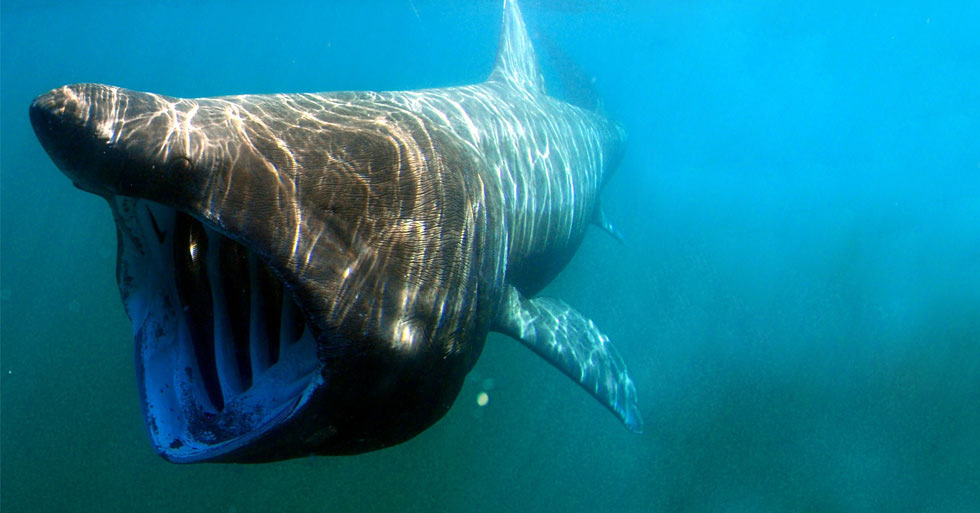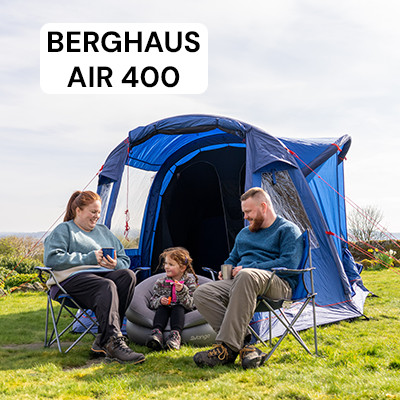Scottish Wildlife | 10 Amazing Species and Where to See Them
Scotland is a haven for wildlife, here, you can see wild animals that are rare or extinct in the rest of the UK roaming free throughout the highlands.
Scotland is a brilliant place for wildlife spotting. Some creatures you will easily spot on a trip to the highlands or the islands. Red Deer, Mountain hares and Harbour Seals can be a common sight in our landscape. But you will have to have luck on your side and a whole lot of patience for your chance to see Scotland’s more elusive creatures such as Pine Martens, Golden Eagles or the Scottish Wildcat.
If sea life is more your thing, head to one of Scotland’s three coastlines which are renowned as one of the best places in Europe to spot marine creatures. Scottish waters are brimming with life, small and very large! Eight species of whale can be spotted including Orca’s and Sperm Whales as well as Bottled Nosed Dolphins. During the summer months Basking sharks can be regularly seen, in fact, the Inner Hebrides are thought to be one of the best locations in the world to swim with these incredible animals.
We have put together a list of our top 10 amazing species that we would love to see while exploring Scotland. How many of these fantastic animals have you spotted?

Basking Shark
Species name: Cetorhinus Maximus
Location: West Coast, most common Inner Hebrides
When to see: May-September
Size: Up to 12m in length
Stretching to 12 meters in length the basking shark is the second largest fish in our oceans. In Scotland Basking Sharks can be found most commonly off the west coast and in the Inner Hebrides.
During the summer months Basking Sharks gather off of our shores in large quantities. But do not fear these gentle giants, they are only on the hunt for microscopic plankton!
The Inner Hebrides are actually one of the best locations in the world for swimming with Basking sharks. Have a look at Basking Shark Scotland for organised trips to kayak, snorkel or dive with these magnificent creatures. Would you take the plunge?

Red Deer
Species name: Cervus Elaphus
Location: Scottish Highlands - Common throughout upland forests and moorland
When to see: Stags are most active during the Autumn Rut - September/October
Size: 100-340kg
Red Deer are Scotland’s largest deer and can be seen often on mountainsides and moorlands. The male deer (Stags) boast impressive antlers which grow in size as the deer gets older. These antlers have been measured up to a metre in width and weighing up to 15kg!
Red Deer can be seen year round. Early summer is the best time to watch female deer (hinds) and calves. However, the most impressive time of year in the Red Deer calendar is the autumn rutting season. One of Scotland’s most impressive wildlife events. From late September and running up until the end of October is the best time to view this roaring spectacle.
It is advised to check the Outdoor Access Code before heading out and take into consideration the stag stalking season from the 1st July – 20th October.

Mountain Hare
Species name:Lepus Timidus
Location: Scottish Highlands
When to see: Year round
Size:Length: 60cm
Scotland’s native hare, the Mountain Hare, is smaller and more social than the Brown Hare. The Mountain Hare is one of the only mammals to have different coloured summer and winter coats. As the autumn turns colder the hare’s coat changes from brown to white for better camouflage from its predators, foxes and wildcats.
The Mountain Hare can be found in the highlands on heather moorland above 300 meters. These small hares live up to four years old. The females can have litters of up to 12 offspring, born with a full coat and open eyes.
Mountain Hares can be spotted year round in the highlands. In spring, when the snow has melted but the hares white winter coat hasn’t yet malted is the best time to spot them.

Osprey
Species name:Pandion Haliaetus
Location:Loch of the Lowes, Perthshire & Rothiemurchus Estate, Speyside
When to see:April-August
Size:Wingspan: 56cm
Ospreys are fishing birds of prey, once just a single pair of nesting Ospreys survived in Scotland, but thanks to conservationists there are now 300!
These migratory birds arrive in early April after an incredible 3,000 mile flight from sub-Saharan West Africa. Here they nest close to lochs and rivers. As the female incubates the eggs, the male will head off and fish, often they can be seen carrying large fish back to the nest.
Ospreys are a protected species in Scotland and best viewed at a regulated hide. Two of the best sites to view these incredible birds are Loch of Lowes, Perthshire and Rothiemurchus Estate, Speyside.

Pine Marten
Species name: Martes Martes
Location:Woodland areas of the highlands
When to see: Year round
Size: Length: 45cm plus a tail of 25cm
Pine Martens are a nocturnal species, in the same family as badgers and otters. The Pine Marten has distinctive makings with dark brown fur, a yellow-white bib, round ears and a big, bushy tail.
These elusive animals but can sometimes be see in wooded areas in the highlands where they live in holes in the trees. They will feed on small rodents, including red squirrels, birds, insects and fruit.
Pine Martens can be seen throughout the year, but the best time can be on light summer evenings when they are out hunting. Pine Martens can also be heard during the mating season when they make loud, cat-like calls.

Orca
Species name: Orcinus orca
Location: Skye, Shetland, Orkney and Caithness
When to see: Year round - Spotted rarely
Size: Length: up to 9m
The Orca, also known as the Killer Whale, is one of the top predators UK Oceans. They feed on fish and porpoises and in Shetland and Orkney, seals.
Orcas can be identified by their distinct dorsal fins. Males have much taller dorsal fins than females, sometimes reaching up to 1.8 metres tall! The pods found off of the north and east coasts are migratory, following the mackerel and herring. While the small population seen off of the west coast are resident all year and has 9 members.
If you are lucky enough to spot an Orca, it is asked to report the sighting to the Hebridean Whale and Dolphin Trust and if you manage to take a photo, even better. The HWDT can identify the individual whale, creating better detail on the movement and behaviour of these animals.

Beaver
Species name: Castor fiber
Location: Argyll, Scotland
When to see: Year round - Spotted rarely
Size: Length: up to 1m plus tail length
In 2016, the Scottish Government made the landmark announcement that beavers are to remain in Scotland. This is the first time that a mammal has been formally reintroduced in UK history.
The trial population of beavers remains in Knapdale, and the Scottish Beaver partners are now focussing their efforts on re-enforcing this population to ensure its long term future.
Beavers are a key species which help support the ecosystem to which they belong. They create wetlands which provide habitats for a range of wildlife such as water voles, otters dragonflies and amphibians. Beaver dams trap sediment, improve water quality and increase cover for trout and salmon.
Knapdale forest is open to visitors hoping to spot these rare animals. Beavers are shy creatures, but some lucky visitors have spotted them swimming and feeding on the loch. Beaver are most active at night, so it is recommended to visit at dusk or dawn.

Red Squirrel
Species name: Sciurus vulgaris
Location: Throughout Scotland apart from the Central Belt
When to see: Year round
Size: Length: 20cm plus a tail of 18cm
Scotland’s only native squirrel. The Red Squirrel can be found in upland forests and lowland woods throughout much of Scotland. However, now not present in the central belt and parts of eastern Scotland after the introduction of the non-native grey squirrel.
Red Squirrels can be seen throughout the year. It is thought that they look best during the winter months when their coats are thicker and they have their characteristic ear tufts. Squirrels make a rough nest, called a 'drey', of twigs, leaves and strips of bark in the fork of a branch, high in the tree canopy.
A female red squirrel usually has two litters every year of up to five offspring. These young squirrels quickly become independent and can build their own dreys at around 12 weeks old.

Golden Eagle
Species name: Aquila Chrysaetos
Location: Highlands
When to see: Year round
Size: Wingspan: 2.1m
The Golden Eagle, revered worldwide and one of Scotland’s top predators. There are two types of eagle in Scotland, the iconic golden and the slightly larger white-tailed (sea) eagle. With a wingspan of over 2m these eagles are a humbling sight over the hills or coast of Scotland.
The Golden Eagle is a fearsome predator, they mainly hunt rabbits and mountain hares. Golden Eagles are also known to hunt young deer, foxes and large birds.
Golden Eagles are a rare sight, but can sometimes be spotted in the mountains and moorlands around Scotland. These birds have huge territories and there are no particular hotspots for viewing eagles, their nests are closely guarded secrets. But if you keep your eyes peeled to the sky on your next outing to the highlands you may spot these magnificent creatures in remote glens, soaring above the mountains.

Wildcat
Species name: Felis Silvestris
Location: Highlands
When to see: Year round
Size: Weight: 3-7kg
The Scottish Wildcat is an elusive and rarely seen creature. An endangered mammal, with populations now restricted to small areas of the highlands.
To identify Scottish wildcats there are some key difference between them and domestic cats. At first a wildcat could be mistaken for a large tabby cat but there are some key differences, such as a thick tail with a blunt, black tip and three black stripes. A slightly larger head and a more angular jaw for crunching prey.
Historically, wildcats lived across Britain but are now only present in small pockets of the Scottish Highlands. Wildcats are a rare sight, these shy creatures actively avoid humans and are almost completely nocturnal. Scottish Wildcat Action has identified five wildcat priority areas within the Highlands: Morvern, Strathpeffer, Northern Strathspey, Angus Glens, and Strathbogie. There may be as few as 100 left in the wild.
Check out our blog section for more adventure inspiration!
Read Blog





